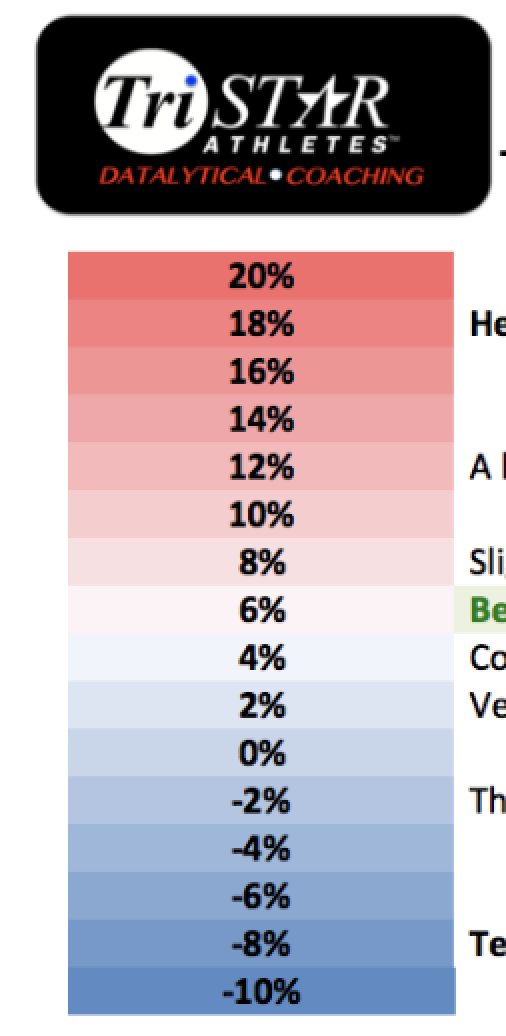We track all kinds of data here at Tristar Athletes. Learn about these key metrics and how to apply them.
Positive Decoupling - of heart rate to power or pace outputs & negative Decoupling - of heart rate to power or pace outputs.
Tristar Athlete, your training block has been created in such a way that your coach has created alternating race distances by each week. This means for instance you may be preparing for a half ironman or full ironman triathlon while at the same time have a week that is focused on the energy systems needed for an olympic distance race.
Tristar athlete, as a cyclist our power output varies due to factors like wind, terrain and even other riders around us. Here’s where Normalized Power (NP) comes in.
FTP testing can be challenging both mentally and physically. Our interpretations around this key metric are useful in determining how to adjust your training and zones. Learn more about how to think about your performance output after this key test.
We have known for decades that if heart rate during an all-aerobic (below lactate/anaerobic threshold) workout rises while the intensity (power or pace) stays the same then the athlete is not operating efficiently and his or her aerobic endurance is questionable. The same is true if heart rate stays the same and power decreases or the pace slows.
Variability Index is a way to measure how smooth or “variable” your power output was during the ride. It is calculated by dividing your Normalized Power by your Average Power. A steady and even output, like during a triathlon, should have a VI of 1.05 or less. During a criterium race your VI may be as high as 1.2 or more. Learn more about this key metric…
This short video demos how to update your race calendar and weekly training schedule with our coaches.
Learn more about whether or not you are ready for your upcoming race with this key metric
By using TrainingPeaks’ Training Stress Score® (TSS®) system you can gain points for virtually any sport or activity. This allows any endurance athlete the ability to quantify their workouts based on their relative intensity, duration, and frequency of workouts.












Tristar Athletes, In this table we present the peak continuous training load score for each athlete. Recall that CTL score is a rolling average of your daily training stress score over the past 42 days. Your peak CTL is the highest CTL you achieve in a period of training. The numbers in this table help you select your training hours and load that’s best for you and your ability.